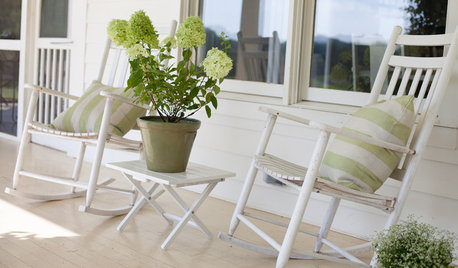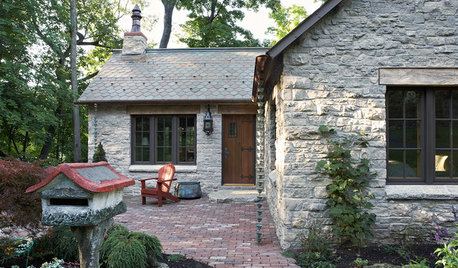Multiple buds grafted onto one rootstock
Alwayzbgrateful
10 years ago
Related Stories

FARM YOUR YARDIf You Have Room for Only One Fruit Tree ...
Juice up a small garden with one of these easier-care or worth-the-effort fruit trees for a mild climate
Full Story
FARM YOUR YARDIf You Have Room for Only One Summer Crop ...
Get an edible that’s long on flavor even if you’re short on space, with a long-time gardener’s favorite picks
Full Story
MOST POPULARFind the Right Glass Door for Your Patio
It’s more than just a patio door — it’s an architectural design element. Here’s help for finding the right one for your home and lifestyle
Full Story
LIFEHow to Get Along With the Neighbors — and Live Happier at Home
Everyone wins when neighbors treat one another with kindness, consideration and respect
Full Story
GARDENING GUIDESWhat Kind of Roses Should You Grow?
Want to add the beauty of roses to your garden? Find out which ones, from old-fashioned to modern, are right for you
Full Story
EDIBLE GARDENSHow to Grow Your Own European and Asian Pears
Try these trees for their good looks, delicious fruit and wide range of sizes — plus you can espalier them
Full Story
EDIBLE GARDENSHow to Add an Apple Tree to Your Edible Garden
Readily available, beautiful and fragrant, apple trees offer four-season interest along with crisp, juicy fruit
Full Story
PLANTING IDEASGreat Garden Combo: Rose + Clematis for Small-Space Impact
We all need somebody to lean on. And when a rose supports a climbing vine, the results can totally transform a small garden
Full Story
COLORColor Feast: 6 Deliciously Uncommon Dining Room Color Combos
Give your mealtime space a generous helping of hues paired in a most refreshing way
Full Story
GREEN BUILDINGHouzz Call: What Have You Salvaged for Home Use?
If your floors, furniture, exterior materials or other home elements have a past life, we'd like to hear the story
Full StoryMore Discussions








Curdle 10a (Australia)
roseseek
Related Professionals
Londonderry Landscape Architects & Landscape Designers · Brentwood Landscape Architects & Landscape Designers · Clark Landscape Architects & Landscape Designers · Fillmore Landscape Architects & Landscape Designers · Richmond Heights Landscape Architects & Landscape Designers · Bridgeport Landscape Contractors · Farmington Landscape Contractors · Fort Atkinson Landscape Contractors · Lake Saint Louis Landscape Contractors · Madera Landscape Contractors · Streamwood Landscape Contractors · Tuscaloosa Landscape Contractors · Waltham Landscape Contractors · Crowley Landscape Contractors · Vadnais Heights Landscape Contractorsseil zone 6b MI
jim1961 / Central Pennsylvania / Zone 6
AlwayzbgratefulOriginal Author
roseseek
AlwayzbgratefulOriginal Author
roseseek
AlwayzbgratefulOriginal Author
roseseek